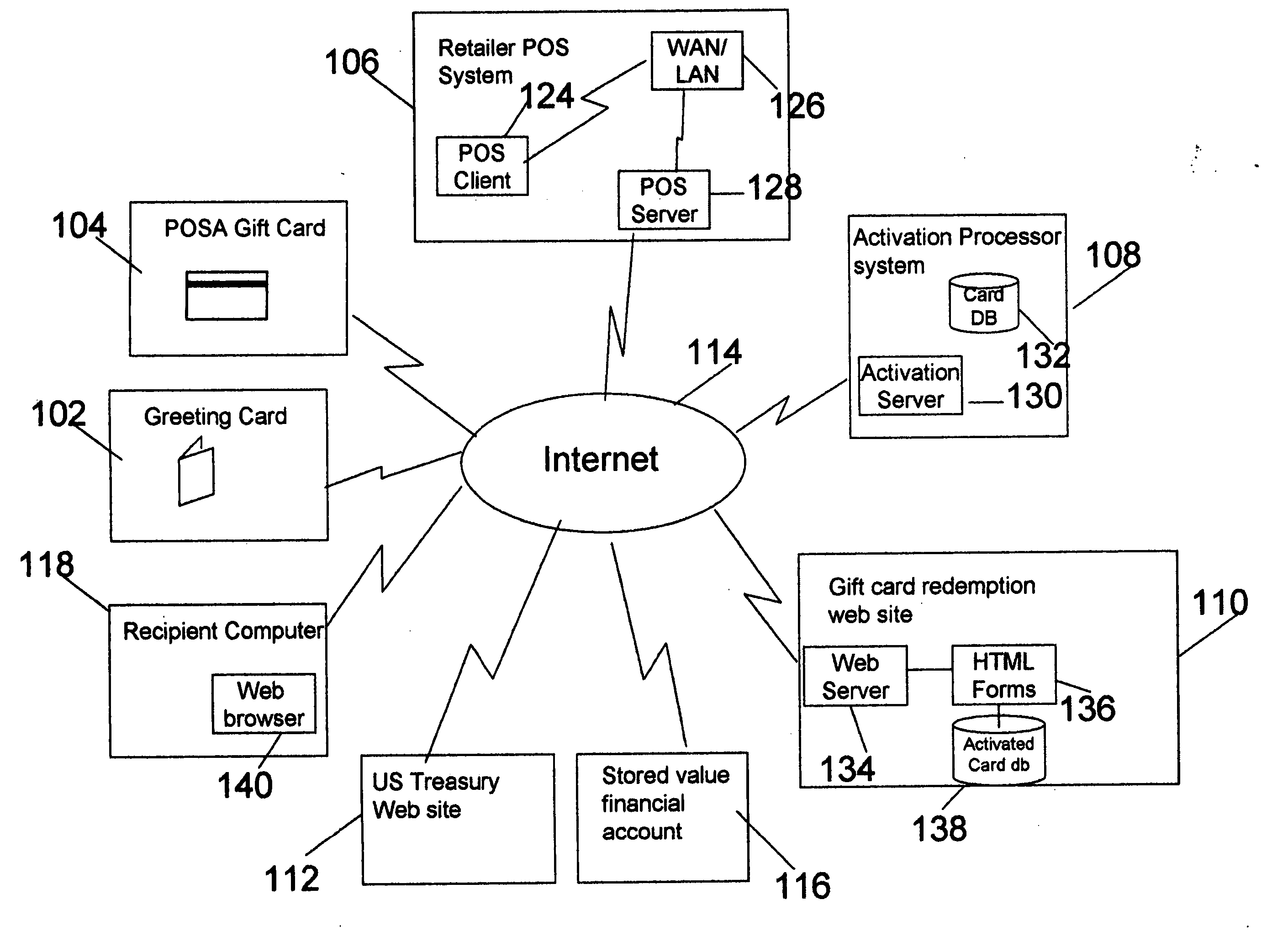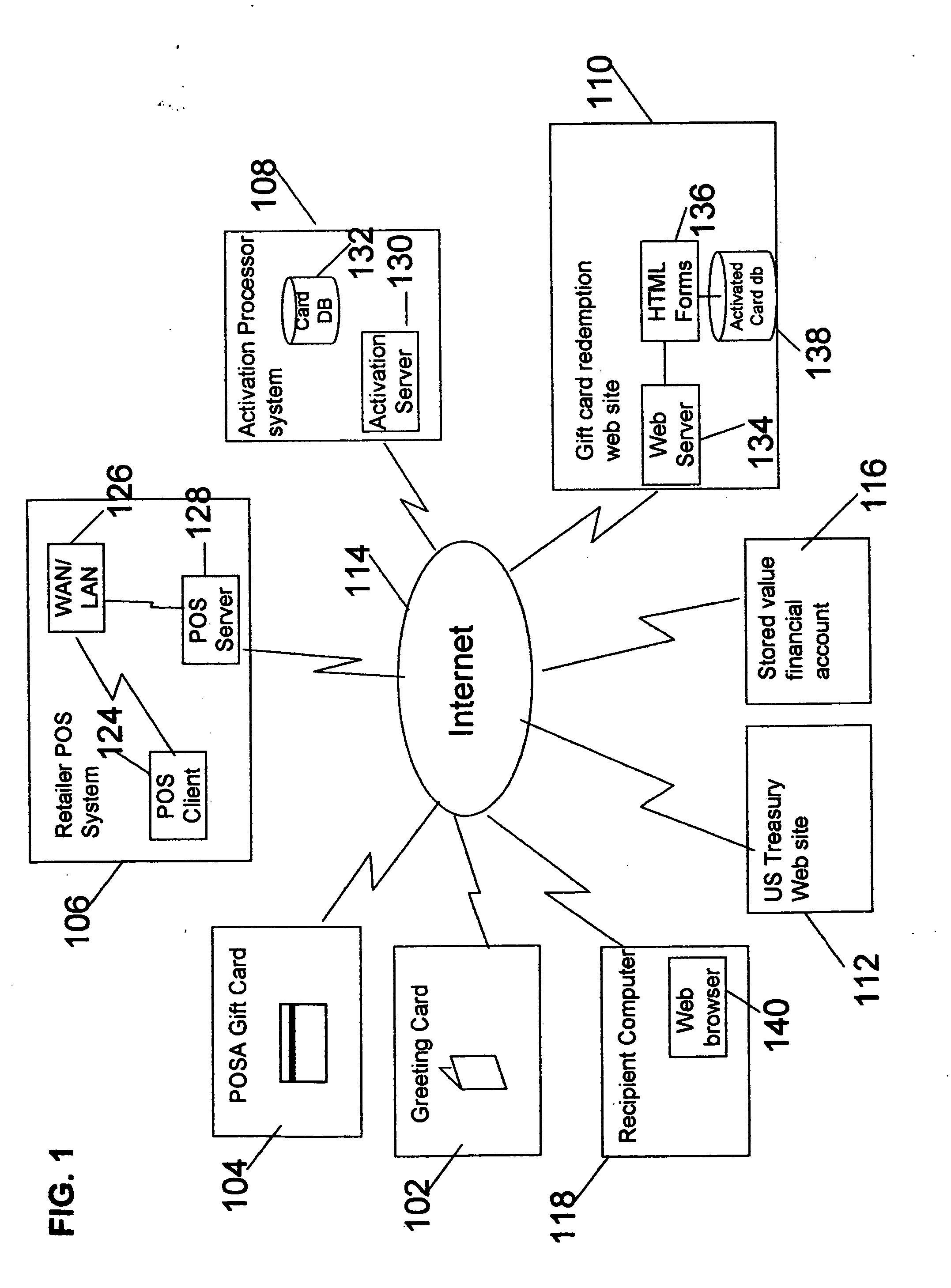The long-term
impact of fewer US savings bond sales has not been adequately measured, but as the
population of The United States grows, it is clear that the percent of individual US citizens who support their government through the purchase of US savings bond is dropping at a time when government borrowing is at an all time high.
The recent drop of US savings bond sales and the lack of US savings bonds given as gifts are eroding the sense of patriotism associated with US savings bond purchases.
The physical issuance of US savings bonds follows an existing regulated, complex and
time consuming method.
Moreover, the compensation provided by the US Treasury department to licensed US savings bond issuing agents does not cover the full cost to issue the bond.
This fee generally does not cover the cost of a
bank teller's time to provide the forms, review the form and otherwise complete the process to issue the US savings bond.
If a
bank where to properly account for the full cost of
processing and managing the US savings bond transaction it would show a clear loss for issuing US savings bonds.
The net-effect of this low compensation is that banks no longer actively promote or market US savings bonds to customers.
They provide the service as a value-added benefit at a loss to customers of the
bank when asked, but do not proactively promote US savings bonds.
This lack of marketing and promotion by the primary US savings bond issuing agents / banks has led to the serious decline in US savings bonds.
Secondly, customer visits to banks have fallen precipitously.
Because fewer people are going to banks, banks are the becoming the wrong location to sell US savings bonds.
Third, a large portion of US savings bonds are issued as gifts and the current method to sell US savings bonds as a gift is onerous for the donor and decidedly disadvantageous for the donor compared to buying and giving other gifts of similar value.
This method of buying a US savings bond adds significant cost to the donor in terms of time and energy over and above the cost of the US savings bond or any other purchase for a similar costing gift item.
A lack of a
physical form factor which acts as substitutes for the US savings bond is a further barrier for
gift giving.
This is a cumbersome barrier and one which dissuades donors from
purchasing the US savings bond gift using the current method.
This extra trip adds further time and effort costs to the transaction under the current method.
Fourth, the sale of US savings bonds as gifts is further hampered by the requirement that each US savings bond must have a valid
Social Security number associated with it.
Donors will often fail to buy a US savings bond as a gift because they do not know the gift recipient's social security number.
Many donors do not know that they can use their own social security number when buying the gift, but even if they do understand it within the current method, the donor will often recognize the use of the donor's social security number creates yet another level of complexity and cost for the recipient who must still execute a process to assign their own social security number to the received US savings bond.
Donors are also concerned that the use of the donor's social security number may inadvertently lead to the gift recipient seeing the donor's social security number, thereby compromising the donor's privacy and opening the donor to
identity theft.
These added hassles and impediments in the current method are hidden costs in giving a US savings bond as a gift and the current method of US savings bond gift-giving creates a significant barrier for the donor.
Once again, this added hassle within the current method of US savings bond gift
purchasing is a hidden cost and creates a significant barrier and disincentive for the donor.
Sixth, the lack of new retail outlets has hampered the sale of US savings bond.
Heretofore, retailers did not have the proper systems nor did they have the required manpower nor were they licensed to effectively accept and process registration forms for issuing US savings bond to buyers.
Retailers do not want to sell US savings bond under the current issuing agent model because of costs and complexity associated with the issuing transaction and regulations for issuing US savings bonds.
Seventh, in addition to the inhibitors identified for the donor, the process for a gift recipient to accept the value of the US savings bond as a gift is also overly complex.
However, while the Treasury has made the transaction easier to execute on the web, the Treasury has not appropriately stepped up marketing efforts to inform buyers that US savings bond sale transactions can be completed on the web.
At the same time, the Treasury does not have the funds to promote US savings bonds, the traditional issuing agent cannot afford to promote the US savings bond option either because of the cost issues mentioned earlier.
This lack of marketing to US citizens by either the Treasury or the traditional issuing agent has resulted in fewer and fewer Series EE bond sales.
The current method allows for severely restricted promotion of US savings bond sales.
Ninth, the current method which requires the combination of the donor purchasing and entering required data for the US savings bond, the delays incumbent in receiving the actual US savings bond
certificate and the frequent requirement for subsequent recipient information updates leads to frequent instances where the owner of the bond is not clearly identified by the proper
Social Security number, name and address of the recipient.
As such, the bonds are often not properly accounted for by the donor, the gift recipient or the Treasury.
In time, the bonds become forgotten and eventually are considered lost property.
Both gift donors as well as recipients see this potential of forgotten bonds as a detriment to the current method.
 Login to View More
Login to View More  Login to View More
Login to View More 


